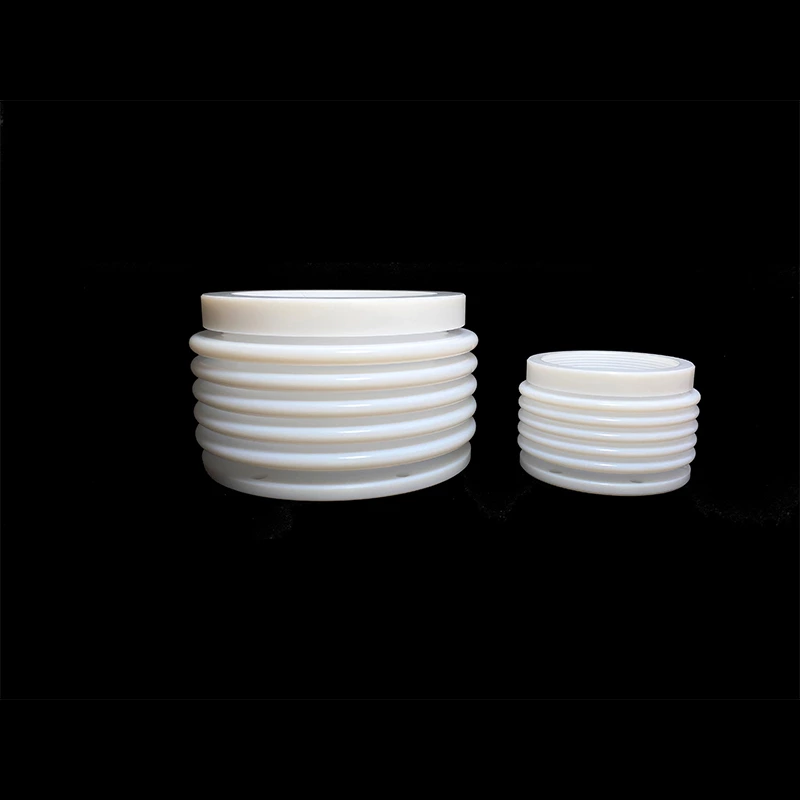Overview: Installation and disassembly process of mechanical seals
1、 Installation of mechanical seals
The installation of mechanical seals must be strictly carried out in accordance with the requirements. Any installation deviation will cause the system to malfunction. Generally speaking, the installation error of the gland cannot exceed 0.05 millimeters, and the gap error between the gland and the shaft or shaft sleeve cannot exceed 0.01 millimeters, otherwise it will cause the seal to be loose.
The compression amount of the spring of the mechanical seal must comply with the installation regulations, and neither exceeding nor falling short is allowed. The error requirement is within 2 millimeters. If the spring of the mechanical seal is too long, it will increase friction and cause wear, and if the spring is too short, it will cause insufficient pressure and seal failure.
2、 Dismantling of mechanical seals
The disassembly of mechanical seals should be careful, and rough methods such as hammering are not allowed to avoid damage to the sealing components. The disassembly of mechanical seals can be done using hooks. The sealing device can be pulled out through the notch of the transmission seat. If there is dirt on the sealing device, it should be cleaned and maintained before proceeding to the next step of disassembly.
If mechanical seals are used at both ends of the pump body, they should be mutually compatible during disassembly and assembly.
If the cover of the mechanical seal becomes loose after operation, the dynamic and static ring parts should be replaced as soon as possible instead of being tightened again, otherwise the movement trajectory will change due to friction, resulting in damage to the sealing element on the contact surface.

